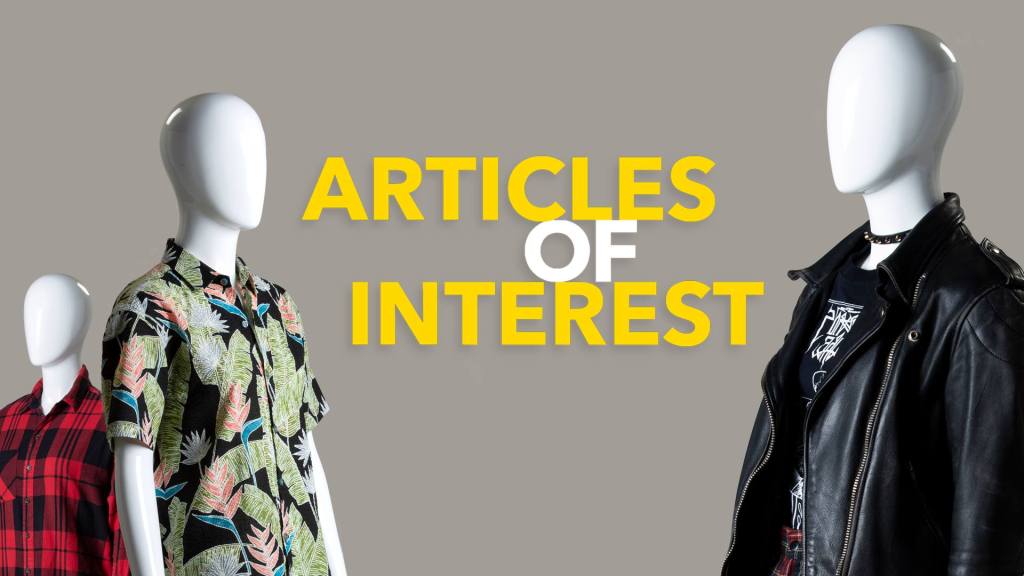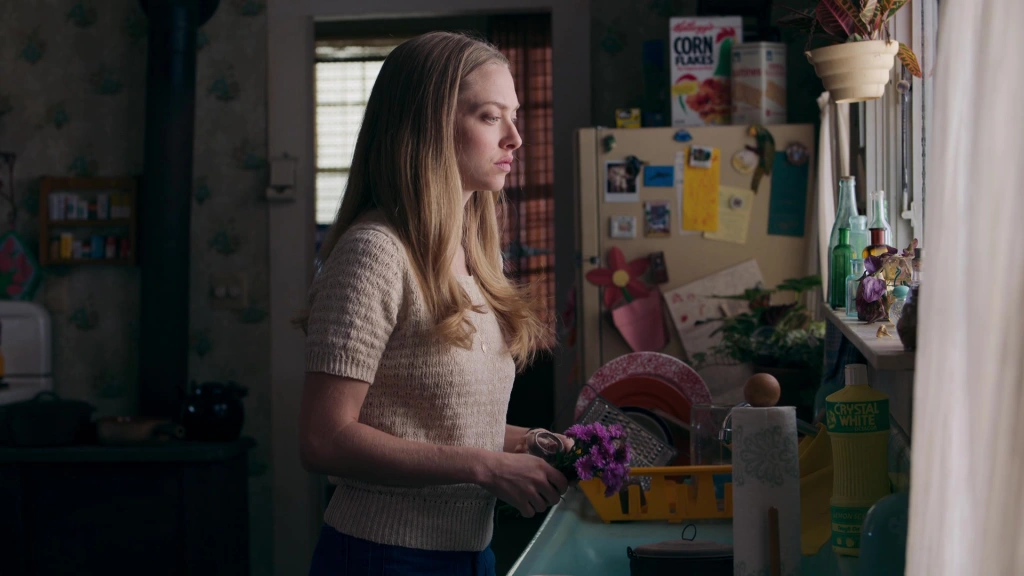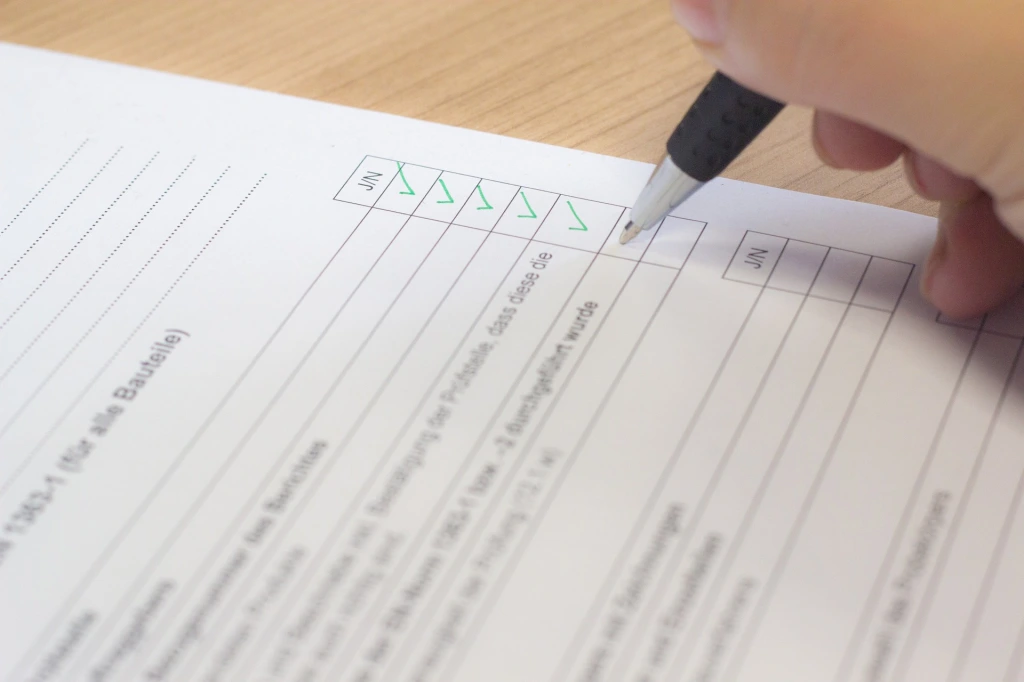How to make sure the big-picture information is giving you a leg up
In the excitement of starting a new podcast, there are some things that are high-priority and fun—like recording the actual episodes—and some things that just need to get done. Metadata is usually on that second list, and understandably so. It can be easy to forget things like your podcast’s category or adding the “Explicit” tag when you also need to focus on booking your next guest or scheduling your next late-night editing session.
Podcasters might not realize that small errors in metadata could keep your podcast off the radar of your potential listeners. Luckily the fixes themselves tend to be simple.
It’s not as intimidating as it sounds
Edwin van Beinum, a self-proclaimed podcast nerd who’s been working on web development with Spotify for seven years, explains what metadata refers to. “Metadata sounds fancy, but really it just means ‘data about something.’ In this case, what extra information can you tell the world about your podcast?” van Beinum says. “For example: who are the hosts? When was the last episode published? What topics do you discuss on your podcast? What’s the cover artwork? Are there notes or links you want to provide your listener to look at while they listen? Do you use curse words on your podcast?” You can (and should) specify all this information when you upload episodes to your host service; it becomes part of a tag system that determines what potential listeners will be able to tell about your podcast up front.
But don’t just set it and forget it—the information about your show as a whole, as well as what applies to each individual episode, may change over time. Say, for instance, you started your podcast in 2018. At that point you may not have identified your podcast as explicit, and you might have put your podcast in a certain category—say, News—because that was your vision at the time. A year later, maybe you’ve loosened up a little and thrown some swear words in (2019’s been rough, we understand). It might be time to go back and make sure the “Explicit” tag is marked for your podcast or specific episodes. You wouldn’t want a family with kids to pull up your podcast—which might appear family-friendly—for a road trip only to be hit with some curse words. And maybe your take on culture has evolved to be a pretty humorous one, so you might tag yourself as Comedy in addition to Culture when submitting your show through Spotify for Podcasters. By putting your show in the category or categories that fit it most accurately, naturally you increase the probability that the people who are most likely to love it will find it.
When thinking about your metadata, there are also factors that you encounter with each upload that you should consider carefully. Case in point: your show notes. “It may be tempting to add as many keywords in your show description as possible,” van Beinum says, “but many podcast apps can only show the first sentence or two, so a pithy summary of your show is far more likely to tempt someone to listen than a list of keywords. The podcast description, along with your podcast artwork, is the best chance you have to present your best side to a listener who is looking for a new podcast to fall in love with.” It’s better to keep the first few sentences of your show notes concise, punchy, and direct. Give the listener a clue what to expect, but leave enough unsaid that they’re hungry to learn more.
Help listeners know what’s next
Another ongoing factor is how you number your podcasts. Many podcast hosting services automatically keep track of your episodes and number them for you, which also tends to play nicer with most podcatchers than typing the episode numbers manually into the title field; even if your podcast isn’t serialized, it’s always handy for listeners to have an episode number to refer back to. If your podcast is serialized, episode numbers are an absolute must. You wouldn’t want a listener accidentally stumbling into the climax of the series because they didn’t know where to start.
There’s also the matter of making the recording easier to find for you. If your podcast episodes go through multiple drafts, it might make sense in the moment to title the files “episode3_mixdown,” “episode3_mixdown2,” “episode3_mixdown2FINAL,” etc. Be kinder to future you who actually has to upload those files—and hopefully back them up somewhere, too. Have a clear, easy, organized system for naming and storing the files you’re going to ultimately upload to save yourself the headache in the future.
The actual episodes of your podcast are always going to be the highest priority when creating, but small tweaks in the less exciting aspects of podcasting like the metadata can make a huge difference for the ongoing success of your show. Even if you make a great podcast, things like having your podcast in the most accurate category will always help listeners find you more easily. Metadata might sound daunting, but once you break down what it really is—the information about your podcast—it’s simpler than it seems to make your podcast much more accessible to your listeners.
This article is syndicated from a now-dead site that deleted almost all of the work of myself and my colleagues. Don’t sue me! Get bent! ❤








Leave a comment